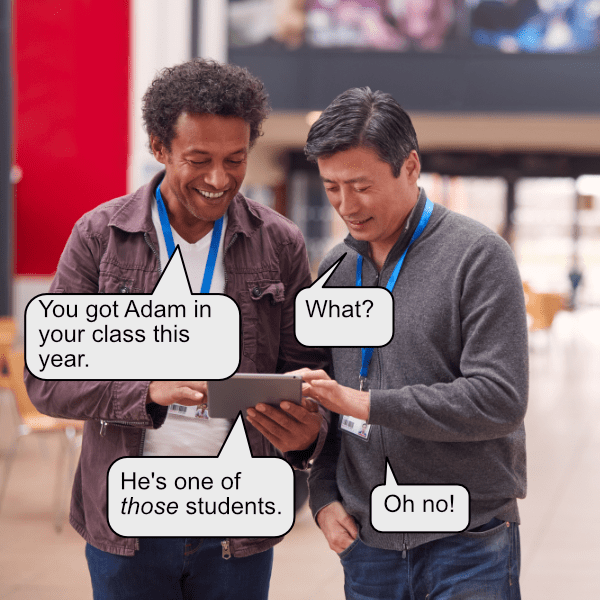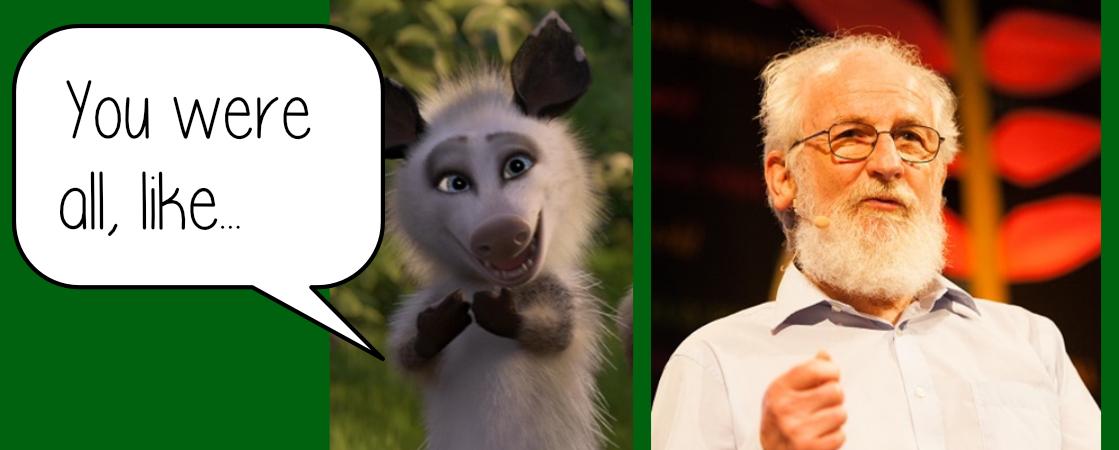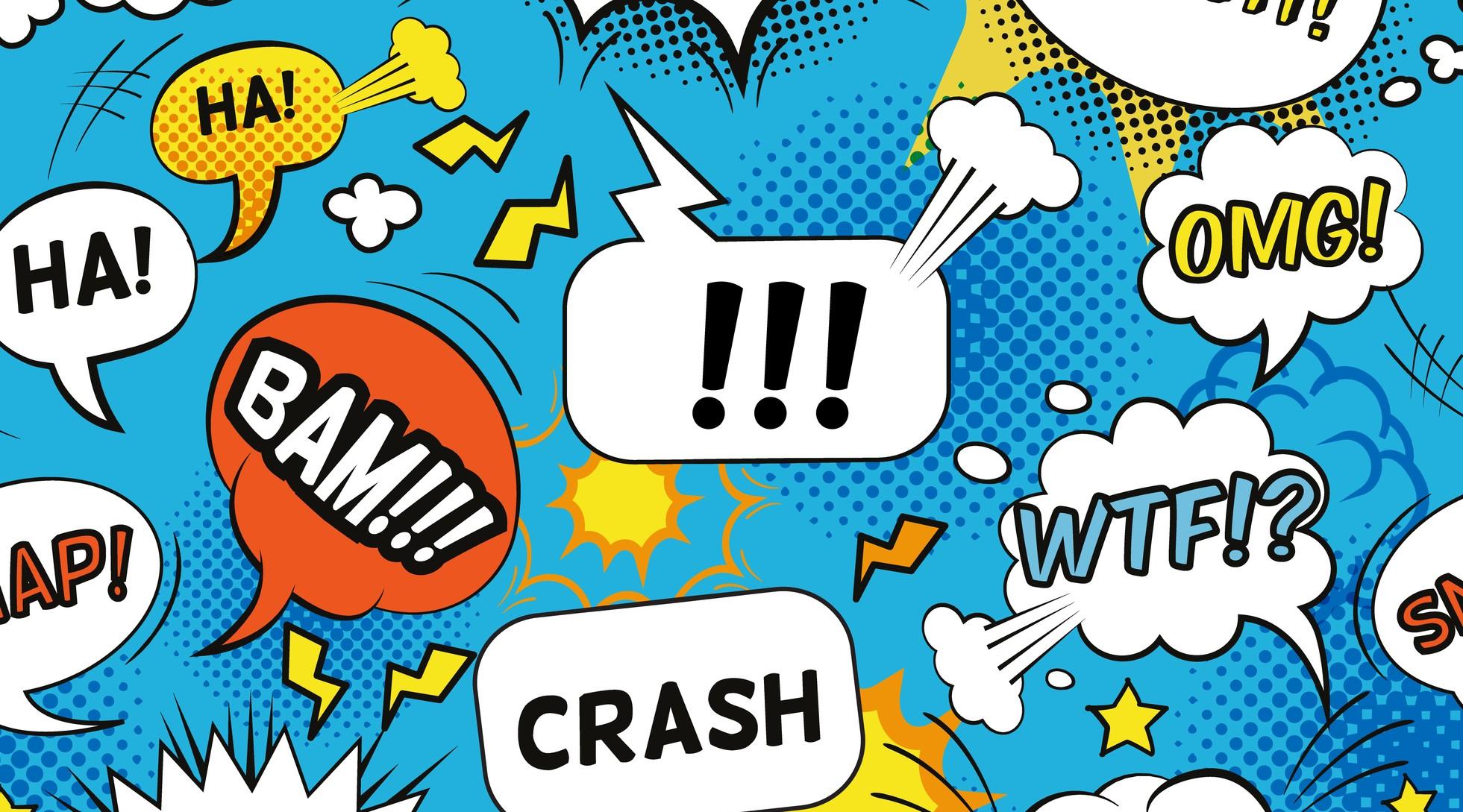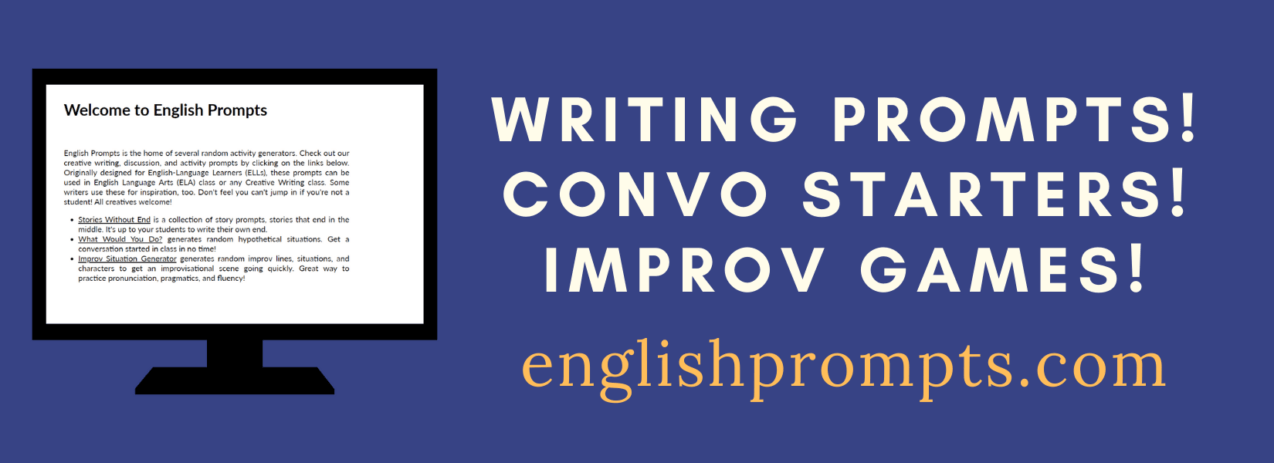Are you thinking about trying a play in your English language classroom? Not sure which one to choose? Here are the synopses of our short plays for the classroom. You can also download this list […]

Alphabet Publishing’s Most Popular Posts of 2021
My most popular posts of 2021 feature Minecraft, Excel, drama, self-care, and classroom community. Sounds appropriate for 2021!

Those Students: Deictic Expressions and Real-World Communication Skills
I’ve been doing a lot of presentations on pragmatics recently and thinking about how to teach students real-world communication skills in English. The problem is that in the classroom we often communicate at a very […]

Teaching Pragmatics with Memes
I recently discovered these wonderful communication-fail memes from PunHubOnline! Beyond being peak comedy for language lovers, these memes highlight a really important point: communication happens far beyond grammar and vocabulary. Pragmatics, the hidden rules that […]

What does “I was, like…” mean?
In the spring, I had the great pleasure of seeing a bit of David Crystal talk at the 2020 Digital Hay Festival. (By the way, if anyone is looking to for a great Christmas present, […]

Embodied Mind: The Dancer and Dance and Grammar
“How can we know the dancer from the dance?” Yeats famously wrote. And in the dance of human communication, the body plays a role. Language is more than word choice or grammar, and even more […]

Set Your Roleplay to Music
Looking for a way to make your roleplays more engaging and also help students explore communication tools more effectively? Try music. We all know the power of music to set a mood. Television shows and […]

Get Students Writing and Talking!
As more and more teachers are turning to online teaching and distance learning for the forseeable future, and students may be considering self-study options, I’d like to introduce our free prompt generating tool, English Prompts, […]

Kinesthetic Grammar Activities: Getting Grammar on the Move!
We’re thrilled to be publishing a book on Kinesthetic Grammar Activities from Alice Savage and Colin Ward. Kinesthetic grammar is a great way to practice language dynamically. The benefits are many: Vary the pace of […]

Storytelling for EFL Students
Storytelling is an important skill for EFL students to learn. In fact, being able to tell a story is a helpful human skill as we are constantly constructing narratives to explain what we are doing, […]

